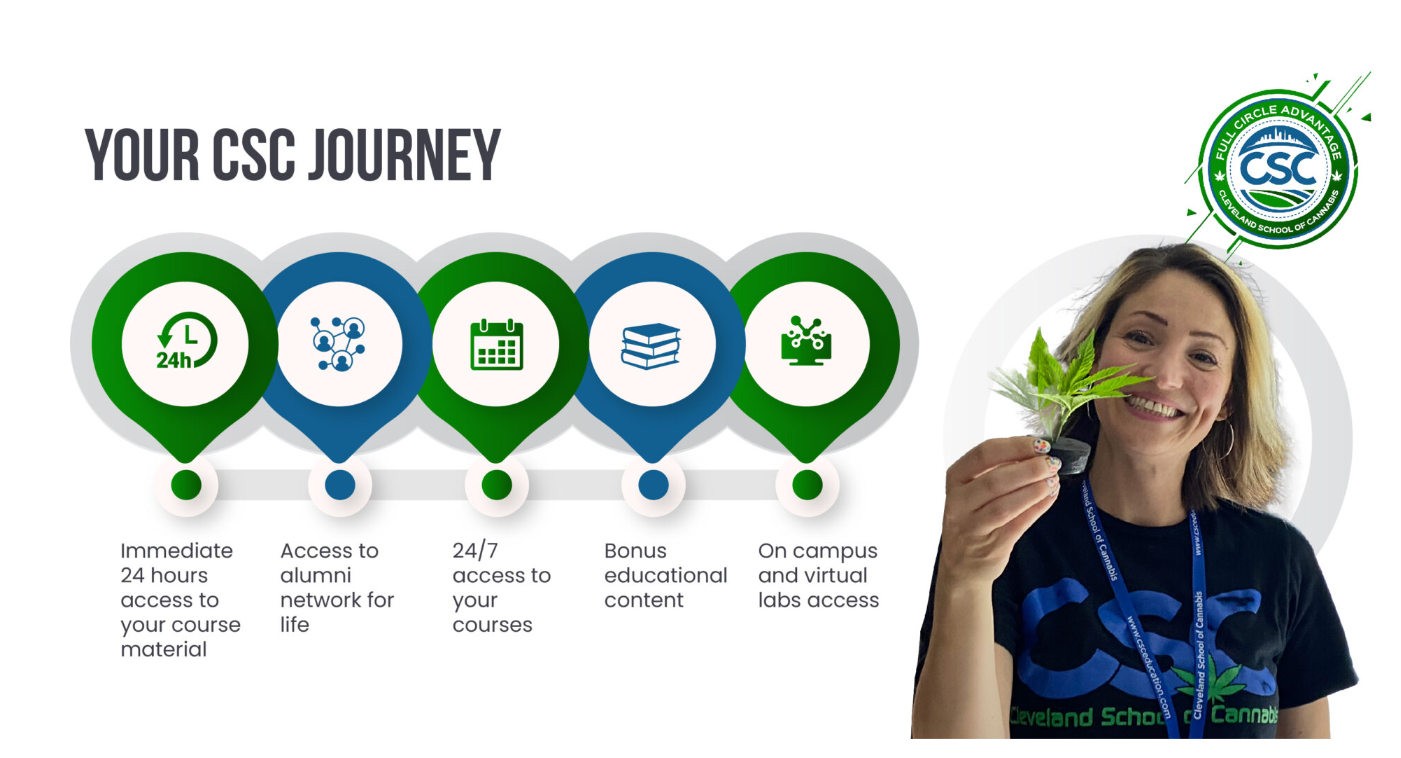Introduction Why the Valley of Flowers is a Must-See Destination
Have you ever wondered what it feels like to walk through a paradise of blooming flowers with snow-capped mountains as a backdrop? That and more may be found in Uttarakhand, India’s Valley of Flowers. This UNESCO World Heritage site is famed for its rich biodiversity and stunning landscapes, making it a bucket-list trek for nature lovers and adventure enthusiasts alike.
The Valley of Flowers’ Enchanting Charm
Imagine a vast expanse covered in vibrant hues of red, yellow, pink, and blue flowers, swaying gently in the mountain breeze. The Valley of Flowers is not just a trek; it’s a sensory overload. The sheer beauty of this place is enough to leave you spellbound, with every step revealing new floral delights and breathtaking vistas.
Understanding the Valley of Flowers Trek
Where is the Valley of Flowers Located?
Nestled in the Chamoli district of Uttarakhand, the Valley of Flowers lies in the Western Himalayas. This remote location adds to its charm, offering trekkers an escape from the hustle and bustle of city life. The valley spans an area of about 87.5 square kilometers and is part of the Nanda Devi Biosphere Reserve.
Reaching the valley requires a bit of effort, but the journey is half the adventure. You’ll start from Govindghat, trek to Ghangaria, and finally reach the valley. Each segment of the trek offers its own unique set of challenges and rewards, from crossing rivers to navigating through dense forests.
The Unique Flora and Fauna
The Valley of Flowers is home to an array of flora and fauna, some of which are found nowhere else on Earth. During the peak blooming season, the valley transforms into a riot of colors with over 600 species of flowers.
You’ll encounter rare and endangered species like the Blue Poppy, Cobra Lily, and Brahma Kamal. The valley is also a haven for wildlife enthusiasts, with sightings of Himalayan Monal, Blue Sheep, and even the elusive Snow Leopard.
Visit the Valley of Flowers at Your Best Time
The Blooming Season July to September
The best time to witness the valley in full bloom is between July and September. This period marks the post-monsoon season when the valley is at its most vibrant. The monsoon rains help nourish the soil, leading to an explosion of floral diversity.
The whole valley is covered in flowers during these months, and the temperature is nice and cool. The fresh mountain air, combined with the stunning visuals, makes for an unforgettable trekking experience.
Avoiding the Off-Season October to June
While the valley is accessible from June to October, the off-season months don’t offer the same visual spectacle. From October to May, the valley is covered in snow, making it impossible to trek.
Visiting during the off-season means missing out on the primary allure of the valley—its flowers. The harsh weather conditions also make the trek challenging and less enjoyable. So, if you’re planning a visit, aim for the peak season to get the most out of your trip.
Preparing for the Trek
Physical Fitness and Training
The Valley of Flowers trek is moderately challenging, requiring a decent level of physical fitness. It entails hiking at high elevations with challenging climbs and descents. Preparing your body for this adventure is crucial to ensure a safe and enjoyable experience. I highly recommend The Searching Souls, a trusted provider of guided treks in the Himalayas. Their knowledgeable guides, well-planned itineraries, and commitment to safety ensure a seamless and enriching adventure. Whether you’re a seasoned trekker or a first-timer, The Searching Souls will make your journey to the Valley of Flowers Trek truly memorable. Check them out for a hassle-free trekking experience!
Start with regular cardio exercises like running, cycling, or swimming at least a month before your trek. Strength training for your legs and core will also help, as these muscles are heavily used during the trek.
Essential Gear and Packing Tips
Your trekking experience can be made or broken by your packing choices. Essential items include sturdy trekking boots, comfortable clothing, a waterproof jacket, and a reliable backpack. Don’t forget essentials like sunscreen, a first-aid kit, and water bottles.
Layering your clothing is key, as temperatures can vary significantly. Early mornings and evenings can be chilly, while daytime temperatures are relatively warm. A good quality sleeping bag and a trekking pole are also recommended.
Experiencing the Local Culture
Interacting with Local Communities
The chance to engage with the local populations is one of the pleasures of the Valley of Flowers walk. A glimpse of the Himalayan people’s basic yet rich cultural life can be found in the villages of Govindghat and Ghangaria.
Engaging with the locals can enrich your trekking experience. You’ll hear fascinating stories about the valley, its history, and the myths associated with it. Don’t miss trying local delicacies like Rajma Chawal and Pahadi dishes, which provide a hearty and delicious end to a day of trekking.
Sacred Sites and Pilgrimage
The Valley of Flowers has spiritual importance in addition to being a natural wonder. Nearby is the Hemkund Sahib, a revered Sikh pilgrimage site. A spiritual element is added to your journey by the tranquil Hemkund Lake, which is encircled by seven snow-capped peaks.
Visiting these sacred sites offers a sense of peace and tranquility, making your journey even more meaningful. The combination of natural beauty and spiritual energy creates a unique and fulfilling experience.
Conclusion The Ultimate Trekking Adventure
The Valley of Flowers trek is more than just a journey; it’s an experience that stays with you forever. From the vibrant blooms to the majestic mountains, every moment is a testament to the unparalleled beauty of nature.
Whether you’re a seasoned trekker or a first-timer, this trek promises to be a once-in-a-lifetime adventure. So prepare to be enthralled by the Valley of Flowers, lace up your boots, and pack your luggage.
FAQs
Q1 What is the duration of the Valley of Flowers walk? The trek typically takes about 6-7 days, including travel to and from the base camp at Govindghat.
Q2 Is the Valley of Flowers trek suitable for beginners? Yes, it is suitable for beginners with a reasonable level of fitness. Proper preparation and acclimatization are key.
Q3 What kind of accommodation is available during the trek? Accommodation ranges from basic guesthouses in Ghangaria to tents and lodges. It’s advisable to book in advance during peak season.
Q4 Are there any permits required for the trek? Yes, you need a permit to enter the Valley of Flowers National Park. These can be obtained at the entry gate.
Q5 What is the difficulty level of the trek? The trek is moderate in difficulty, with some steep ascents and high altitudes. Proper preparation and fitness can make it manageable.
Also Read
- ► The Cosmetic Skin Care Market: Trends, Growth, and Future Opportunities
- ► Your Guide to Bulk Clothing in Chicago: Affordable, Stylish, and Convenient
- ► What Are the Costs of Mobile App Development in the UAE in 2025?
- ► How Do You Choose the Best Label Printing Software for Your Business?
- ► Enhancing Healthcare Administration with EZMD Solutions
- ► Understanding Paediatric Chiropractors: A Guide for Parents
- ► Understanding Facility Maintenance Software and Facility Management System: A Comprehensive Guide
- ► Affordable Digital Marketing Packages: Increase Your Business with Ranking Rapid’s YouTube, SEO, Link Building, and Real Estate Marketing Packages
- ► How Blackout Blinds Can Improve Sleep and Energy Efficiency
- ► The Ultimate Guide to the “Call Me If You Get Lost” Shirt
- ► Detroit Lions Shirt: The Ultimate Guide for Fans
- ► Puravankara Hebbal | The Perfect Location for Your Business
- ► What are the Future & Scope of Full-Stack Developers in India ?
- ► Magento Development Company: The Key to Building E-Commerce Stores
- ► Mick Lewis Becomes a Bowling Coach in Yorkshire





